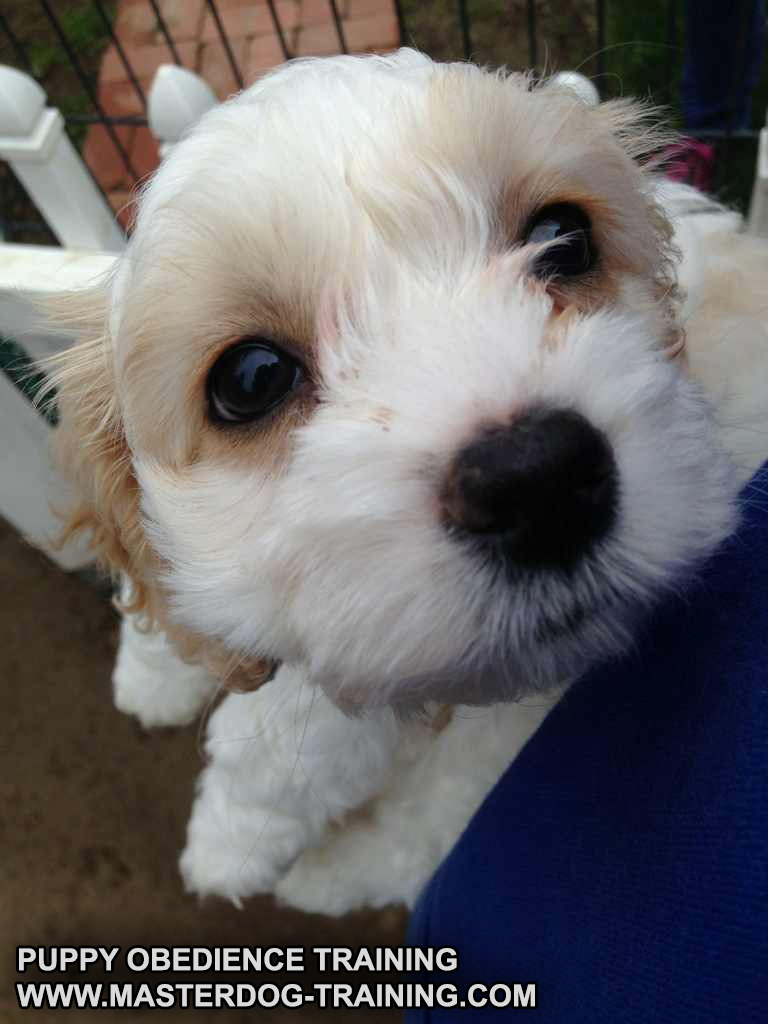Puppy Obedience Training is very important because it learns so much about the world and it must be properly adapted to the conditions in which it will live. It should learn how to socialize with people, animals and learn some of the essential rules which the puppy has to follow to make the life of its owner’s and itself more comfortable in the future.
There are several essential things you need to know before starting puppy obedience training:
- The breed of the puppy is very important for the training program. Each breed has its genetic purpose and predisposition. To make sure the trainer or the owner chooses the correct methods of training he or she has to have a vast knowledge of dog breeds and their differences.
- A dog is a carnivorous animal. Even though dogs have lived with man for many generations, genetically they have a natural desire to hunt, catch the prey, live in a pack, be very active etc. If those desires are not satisfied – the natural purpose of the dog, which is being a hunter, is not fulfilled and it develops improperly.
- Development of natural characteristics such as scent, hearing, vision , and dexterity also helps the dog to feel complete. These qualities will allow the puppy to not be afraid of living with people and to feel comfortable in different situations.
Puppies need a lot of attention, and they want to play a lot when they are young. There are certain types of toys that are very helpful in puppy obedience training.
- Rubber balls. They should be picked in accordance with age and size of the puppy, allowing the puppy to take it in its mouth.
- Squeaker toys. They are good for training a puppy the grasping reflex. It attracts the puppy because of the squeaking sound and makes it easier for the dog to learn how to catch stuff in the air.
- Bouncing toys. The perfect bouncing toy is one shaped like a star, and when thrown it will bounce off the ground different ways every time which helps the puppy develop better coordination and agility.
- Fishing rod teaser toys. A bamboo rod with a thread and a plush toy attached to it, that simulates prey. This toy is very easy and fun to play with, and it also helps the puppy develop its agility.
Games can also help puppies get rid of some fears and learn how to ignore distractions. For example, whle playing with the puppy, start introducing some unusual sounds on the background. Make it louder and louder every time you play and after a while the dog will adapt to loud sounds and will not be distracted by them.
Once the puppy knows how to play with the toys , we develop an obedience training program for it that we base on these toys and games. Using special techniques we teach the dog basic obedience commands – come, place, stay, heel and so on.
After each correct action the dog will get the toy that it has been waiting for! This method is known as training through instinct earner . This method is very useful and fun during the initial phase of puppy obedience training. Experienced trainers recommend that you take your puppy in the car with you so that it can adapt to the heavy flow of traffic and noises.
It is also recommended to go to crowded places with a lot of people with your puppy while obedience training.
Training indoors is not the same as you train your pet outside. While you might have stuck removable wallpaper on your walls, removed the carpets, kept all your important things away from your pet, at the outdoors, you are introducing them to a whole new world. Therefore, firstly, we would recommend not taking the dog out of the car so it can get used to the new situation and feel protected in there. Later you will be able to take it to the park and let your puppy sniff around, look at people, and have direct contact with other dogs. If there are hot pavements, make sure your puppy stays in shade. Additionally, you can read https://walkeepaws.com/blogs/news/how-to-protect-dog-paws-from-hot-pavement to learn more about protecting your pup’s paws from hot pavements or hard surfaces during walks.
As soon as the process of socialization with the environment is complete, we will begin training your puppy to behave in a proper manner around distractions such as bicyclists, skaters, screaming kids and so on.
A little later we will add obedience commands to keep the focus on the dog strengthening the bond between owner and dog.


